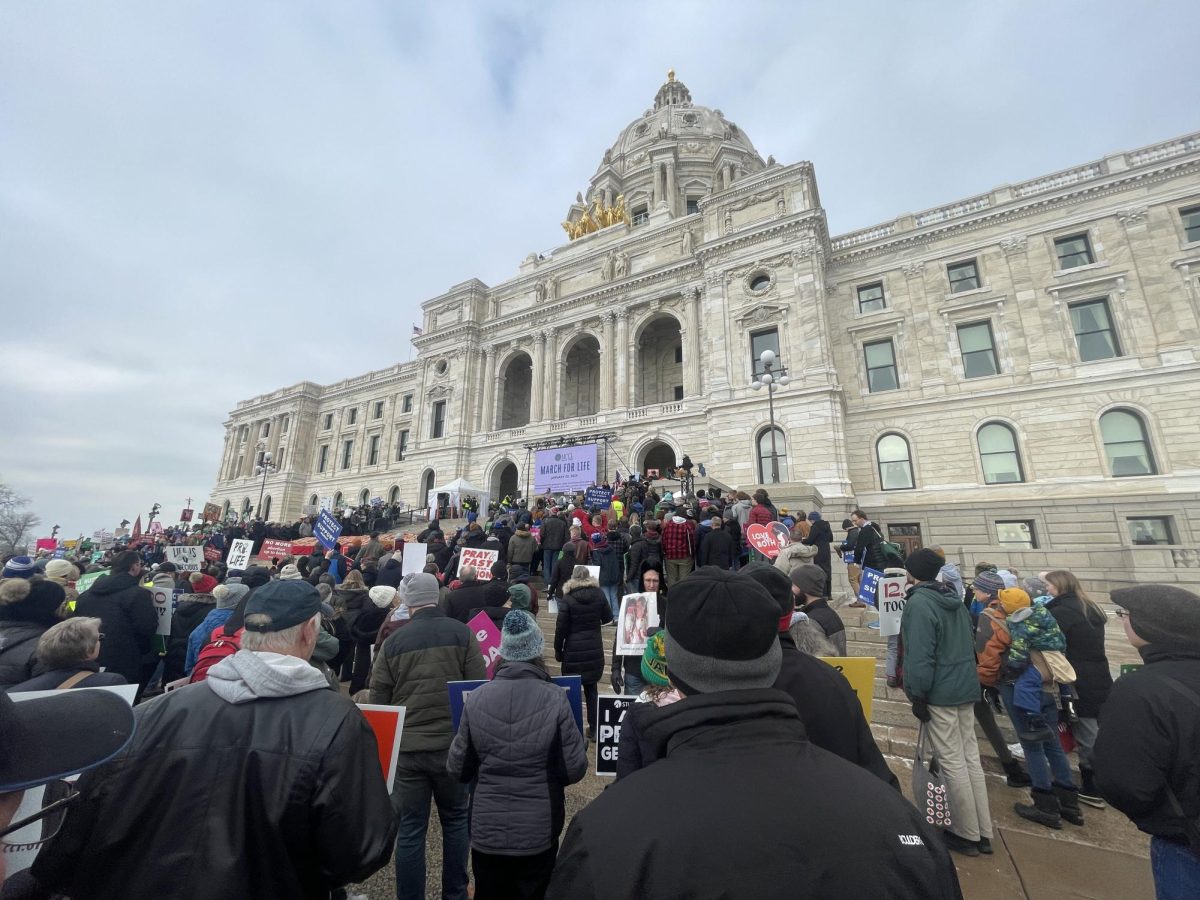Under the new administration, the topic of immigration has become a heated debate. Trump has issued multiple executive orders which aim to reduce immigration and deport those who are here illegally. On March 15, Trump invoked the Alien Enemies Act, allowing him to deport unauthorized immigrants without due process. These actions have received pushback, from lawmakers to multiple civil rights organizations.
Over the past few months, the number of ICE arrests has increased to 20,000, which is about 100% more than under Biden according to the Department of Homeland Security. Arrests have increased in an effort to abide by Trump’s campaign promises to address immigration, focusing on those who are here illegally and who may be committing crimes.
Supporters of ICE and deportations argue that ICE detentions remove dangerous criminals and immigrants from the streets in a controlled manner. Between 2021 and 2024, 79% of ICE deportations were of someone with a criminal conviction, according to the Migration Policy Institute. And although at-large arrests, which are conducted in public rather than prisons, garner the most media attention, they only constitute 29% of all ICE arrests.
However, many of the actions taken by the administration have faced criticism for being too harsh. “[Trump’s administration] wants to deport people who have committed crimes, but I feel like they’re taking it up a step in just deporting anyone who came here illegally, which technically is a crime. But they may be here, not causing any problems, just living their life, working, just trying to create a better life for themselves and their family,”said Andrea Giles, school resource officer.
Minneapolis has been a “sanctuary city,” a place that limits cooperation with the federal government regarding immigration laws. As a result, Minneapolis has seen ICE raids that include the controversial arrest of an international University of Minnesota student at his residence. “[I’m seeing turmoil] in the communities around us, especially in the Twin Cities where there’s a high density of immigrant populations, especially in certain neighborhoods where ICE is patrolling. It’s becoming a place where you used to feel safe and you can’t anymore because [arrests are] just happening so arbitrarily. Anywhere, at any time, your entire life could be upturned for no other reason than being from another country,” said junior Nadyne Sattar.
These raids are not limited to homes. They are happening in schools and workplaces too. However, ICE agents still need warrants to enter private areas, and many places have been refusing to grant ICE admittance. “ICE is not supposed to be able to enter buildings without a warrant or arrest,” Sattar said. “When schools do [stand up to ICE] and make it obvious that they are going to do that by primarily supporting their students, by primarily supporting the immigrants in their communities… it reminds them that they have a support system.”
Despite the rampant concerns about ICE raids and detentions, the Trump administration hopes to increase the number of ICE arrests to upwards of 1,500 per day.


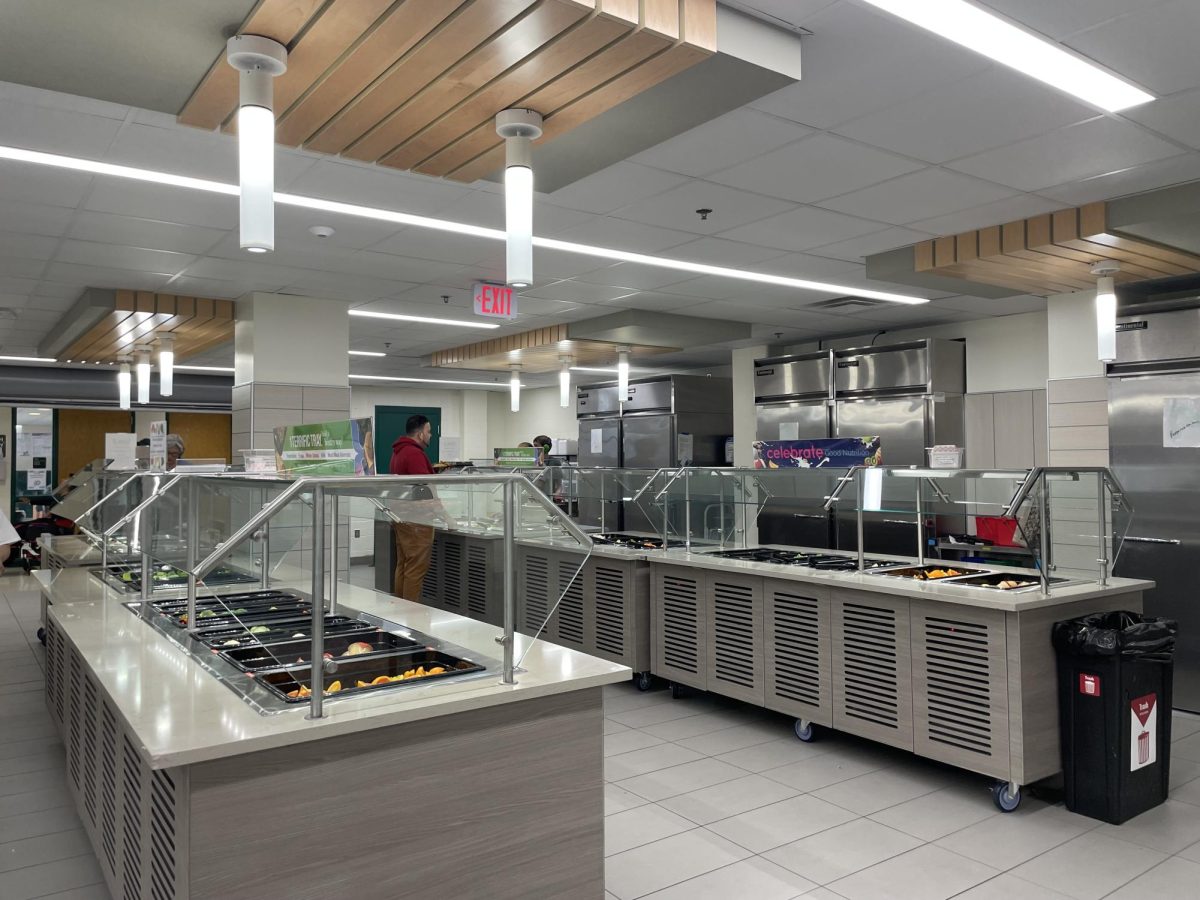








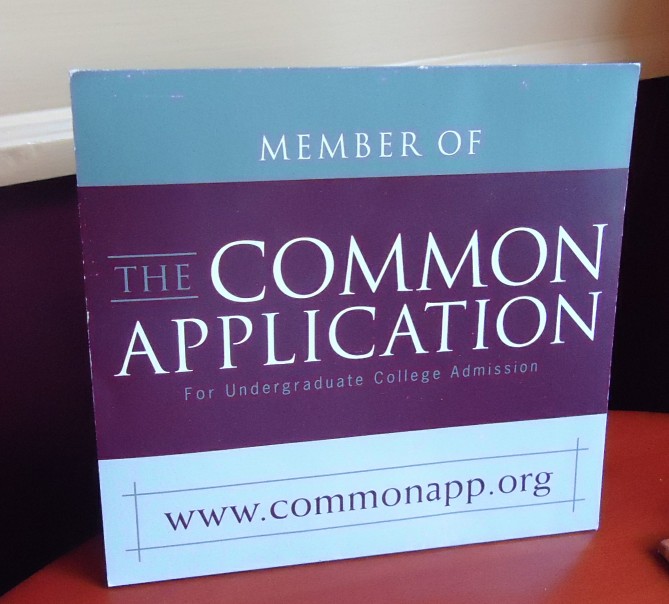


![[DEBATES] Prestigious colleges: value or hype?](https://www.mvviewer.org/wp-content/uploads/2024/12/buildings-1200x654.png)

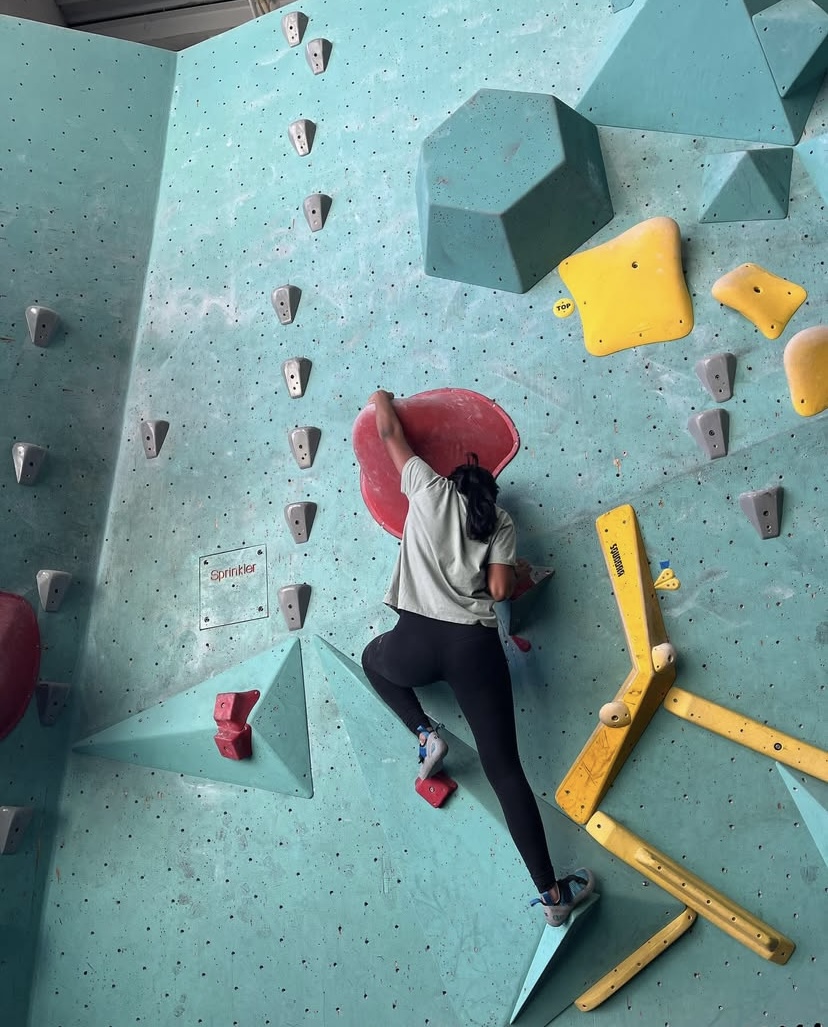




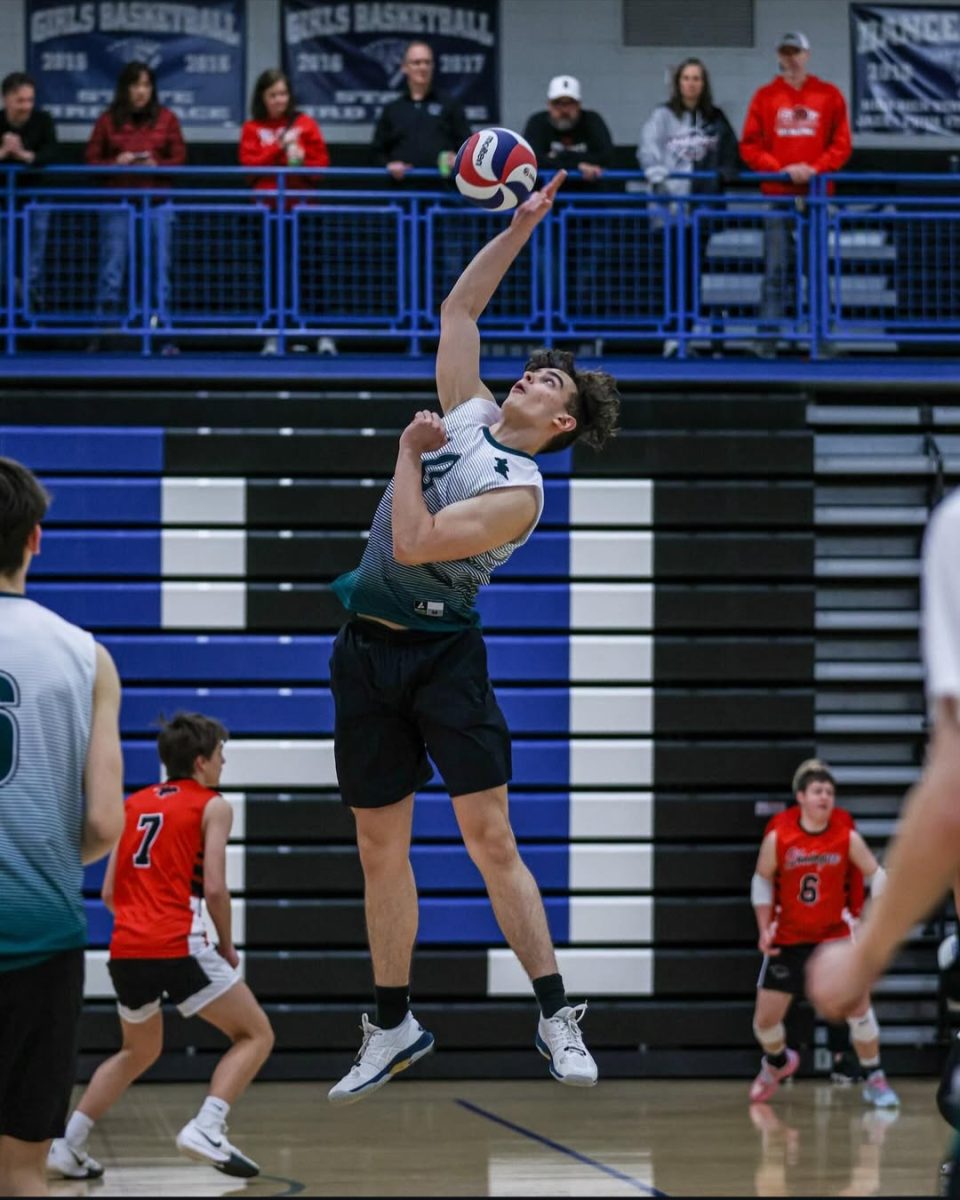
















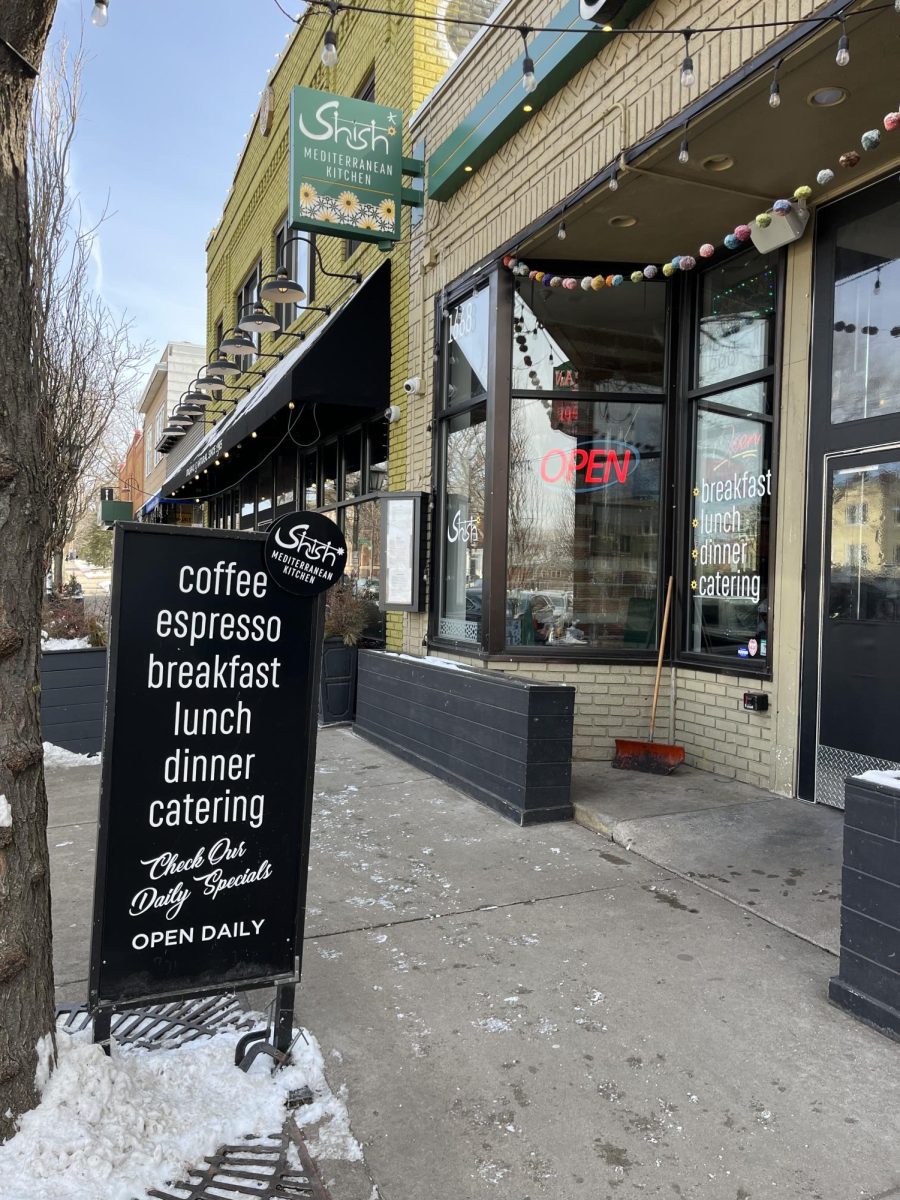

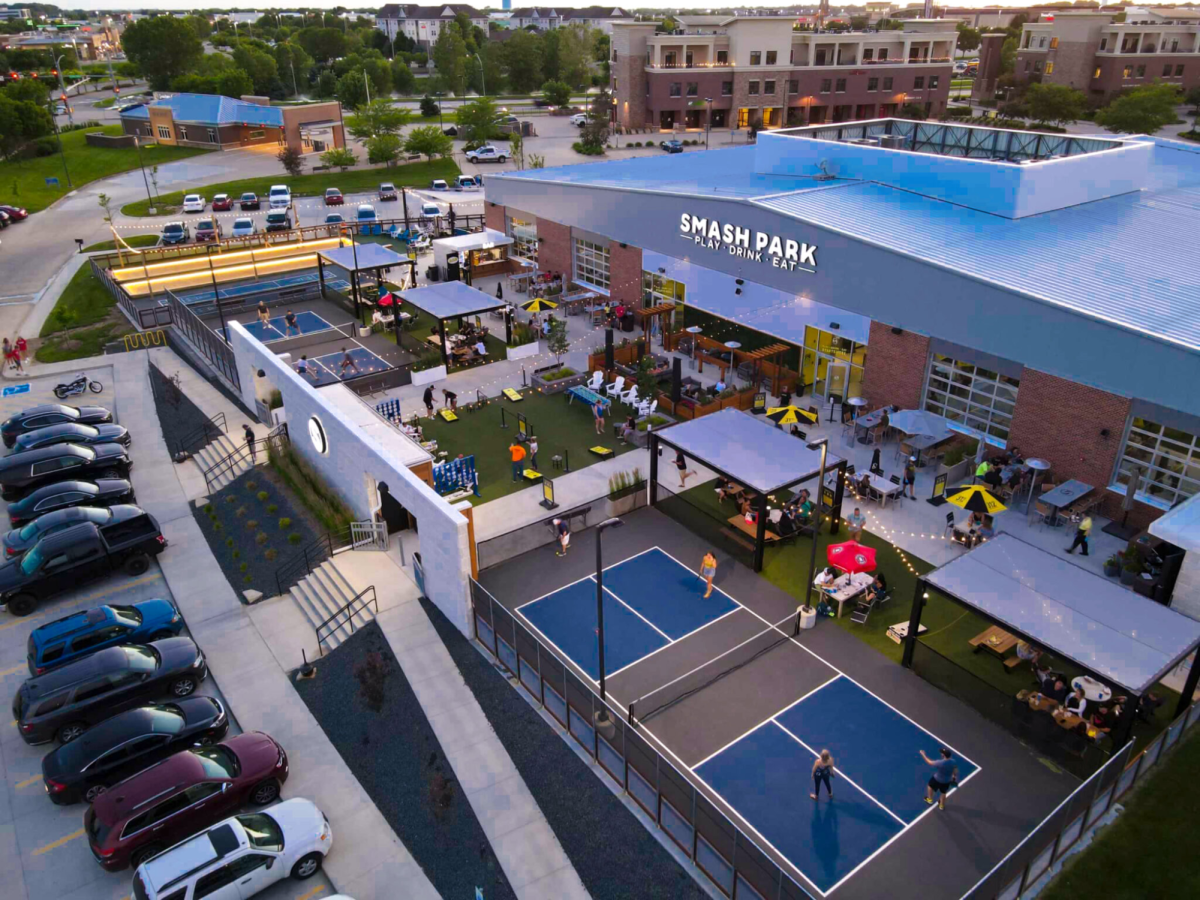


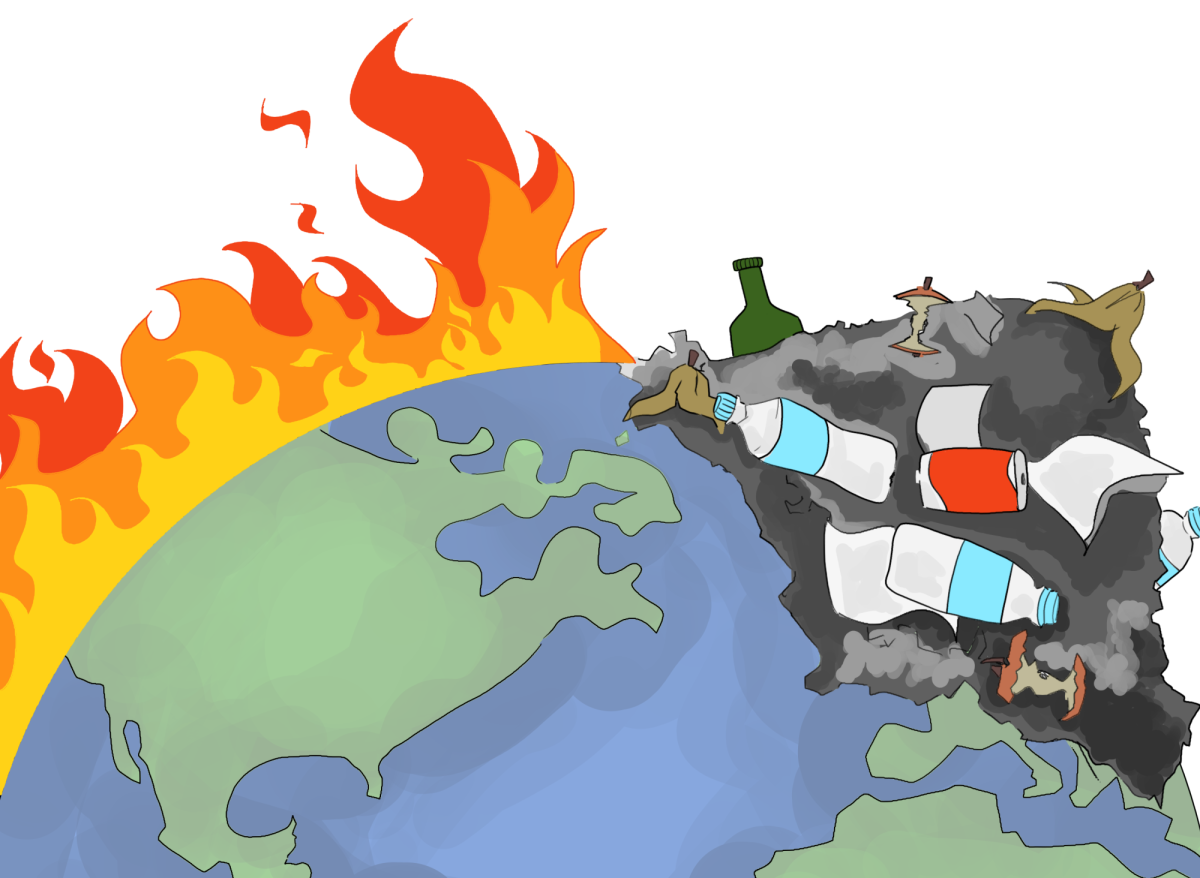


![[OPINION] The dark origins of TikTok's looksmaxxing trend](https://www.mvviewer.org/wp-content/uploads/2024/02/Copy-of-Copy-of-Untitled-Design-1200x675.png)
